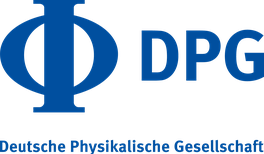
Recently developed approach presented in [1] allows to get quantitative information about the resistance Rc, effective contact length Lc, and contacts resistance scaling Rc(Lc) in different extended side contacts depending on the electrode material. We apply this approach to find a contact resistance of side CNT-metal contacts, transfer length in graphene-metal contacts and electronic properties of the diodes with CNT channel and asymmetric contacts (with the electrodes made of different metals). These kinds of ab initio simulations were previously impossible due to numerical intractability of the side contacts longer then several nanometers. Our approach explicitly uses extended contact model concept, enforced by modular approach. This allows us to overcome numerical problems and understand physical processes in extended contacts.

Recently developed approach presented in [1] allows to get quantitative information about the resistance Rc, effective contact length Lc, and contacts resistance scaling Rc(Lc) in different extended side contacts depending on the electrode material. We apply this approach to find a contact resistance of side CNT-metal contacts, transfer length in graphene-metal contacts and electronic properties of the diodes with CNT channel and asymmetric contacts (with the electrodes made of different metals). These kinds of ab initio simulations were previously impossible due to numerical intractability of the side contacts longer then several nanometers. Our approach explicitly uses extended contact model concept, enforced by modular approach. This allows us to overcome numerical problems and understand physical processes in extended contacts.